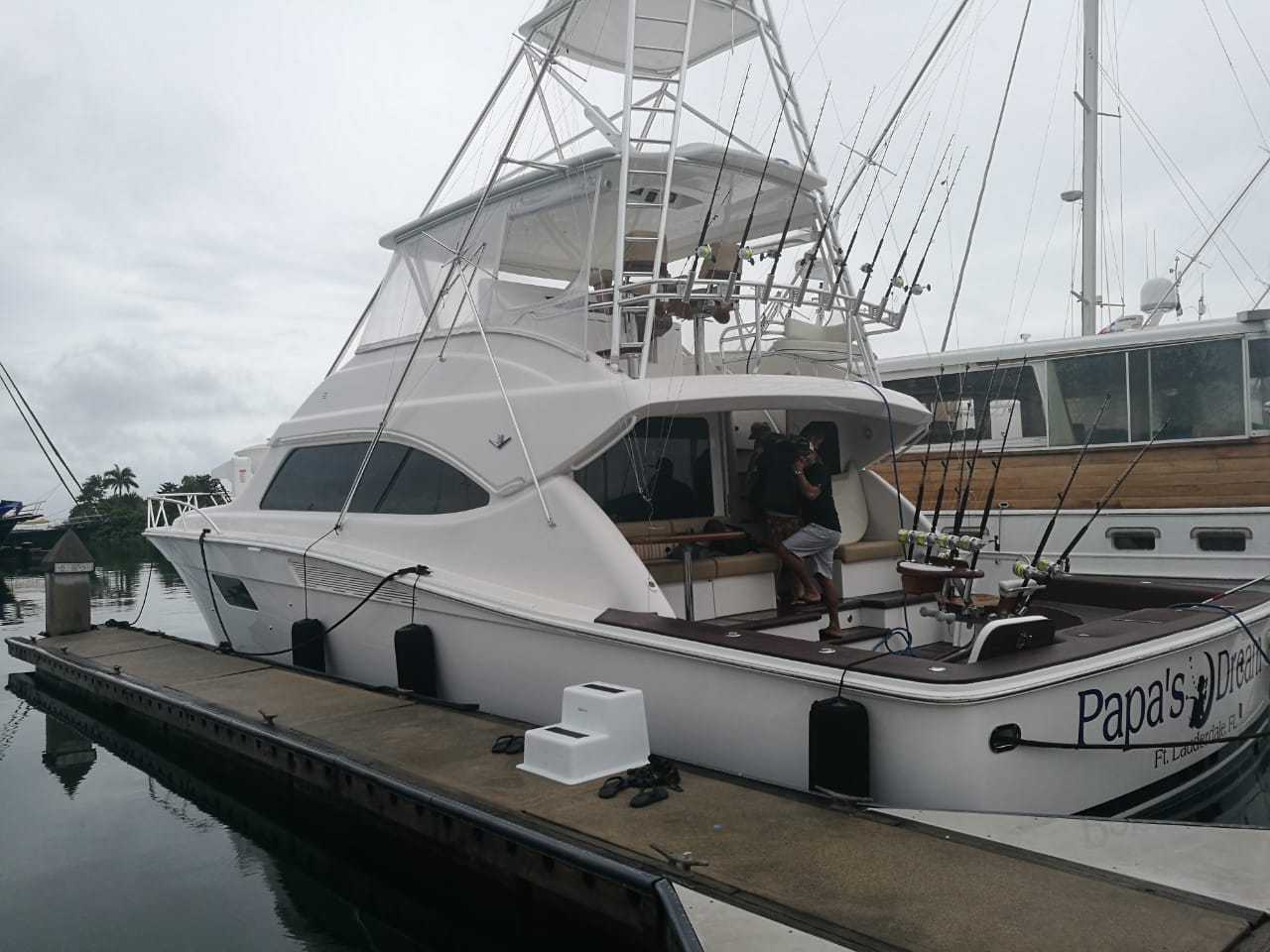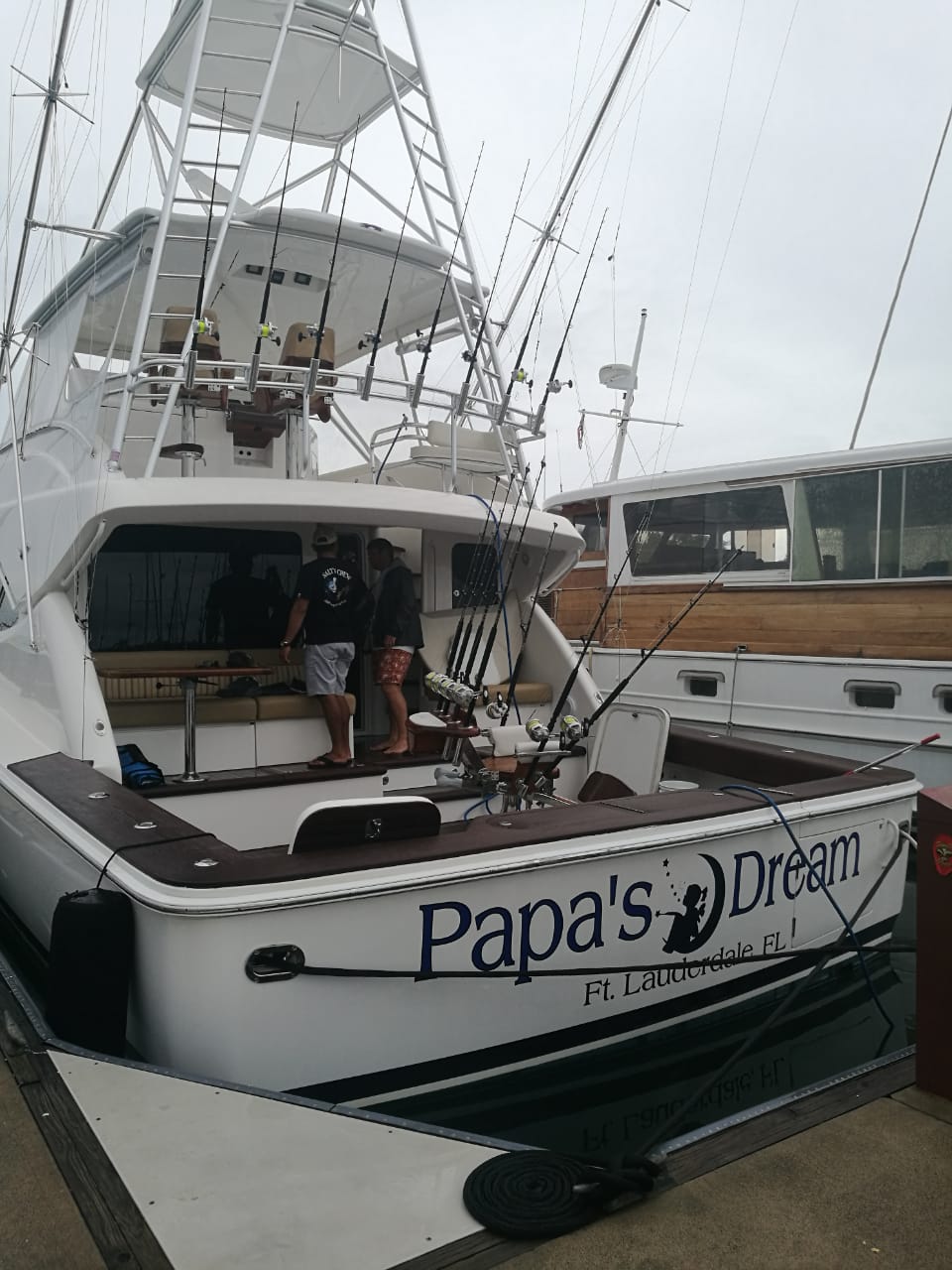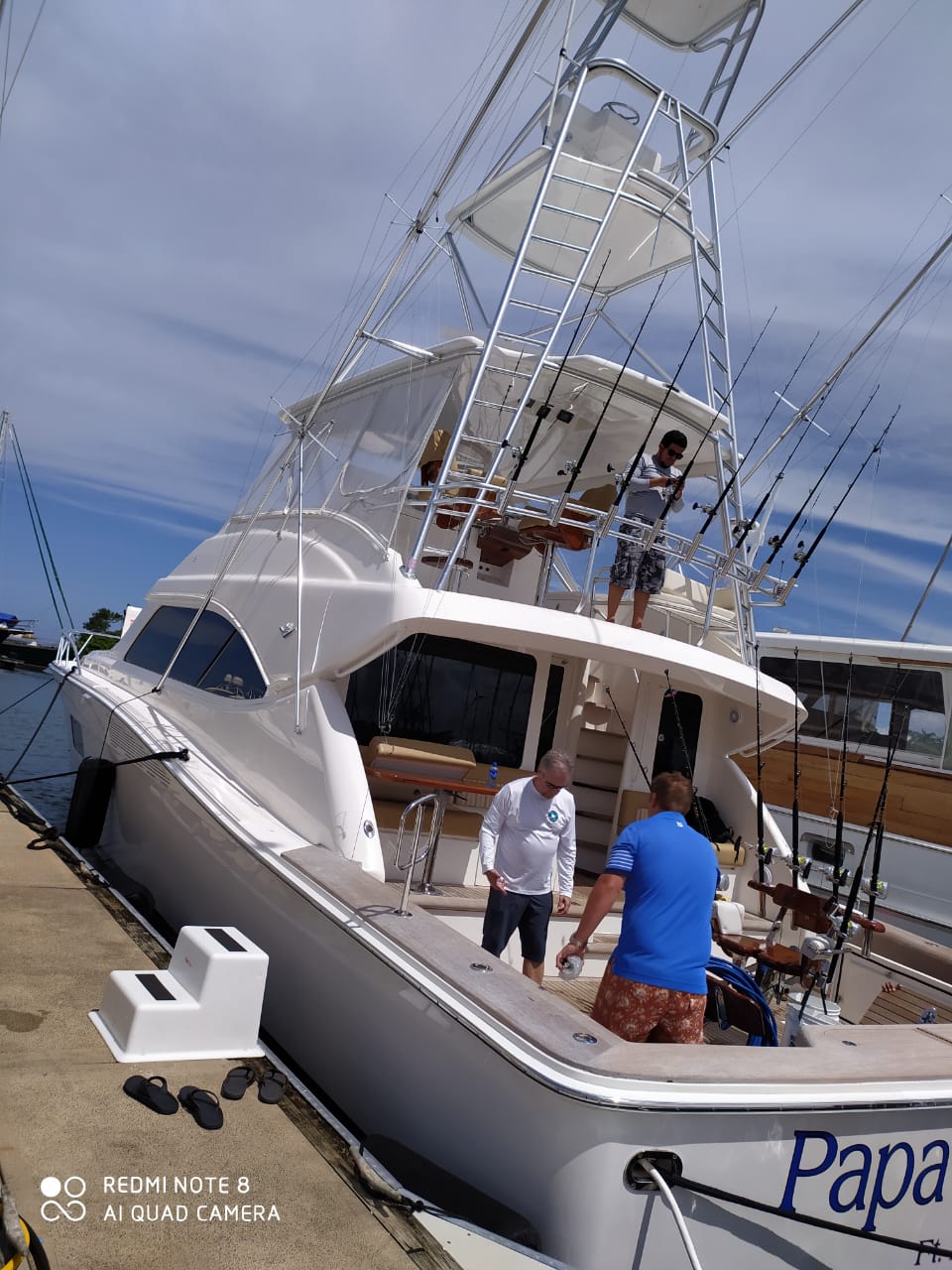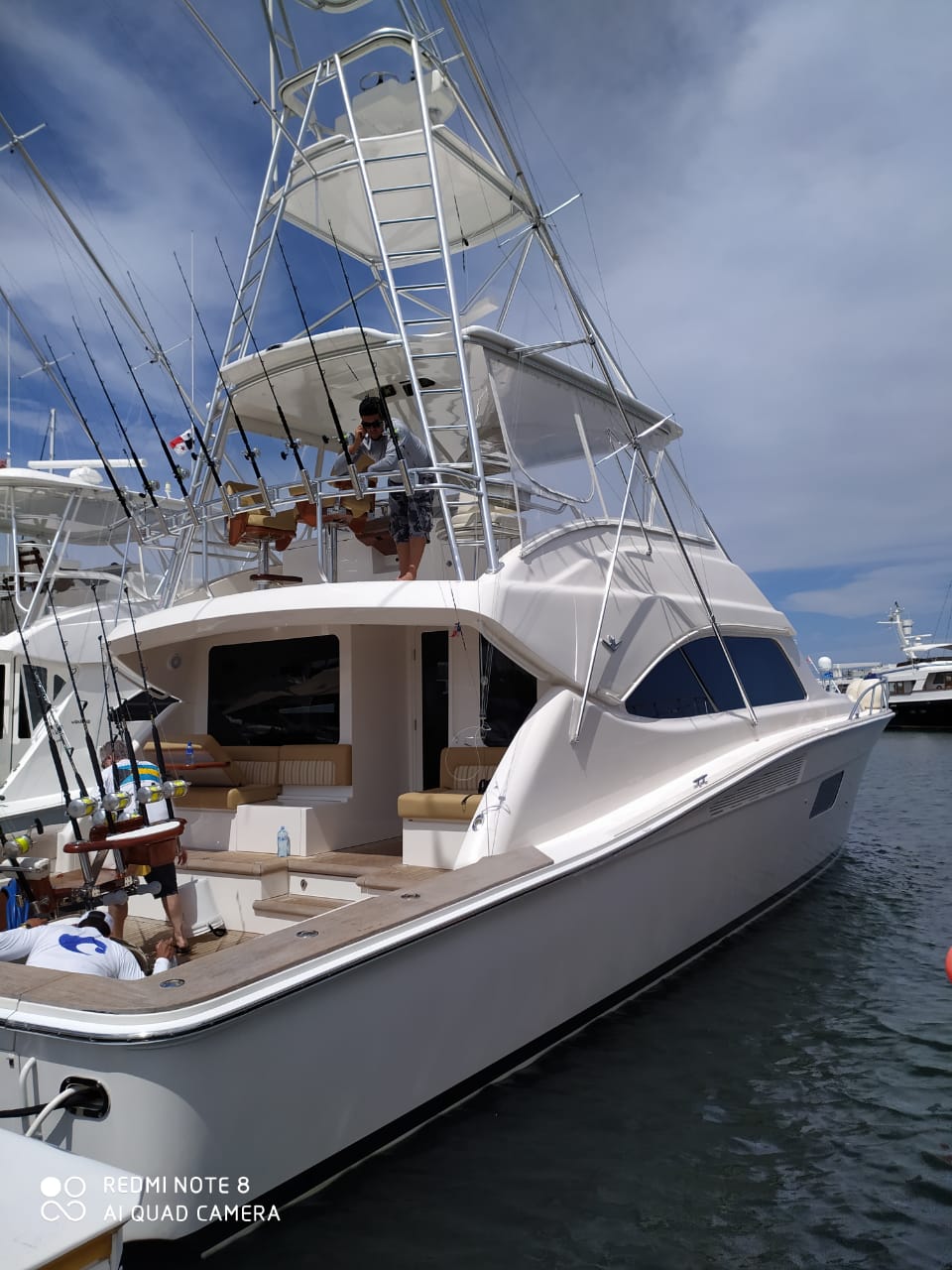If you’re a sailor, probably have many dreams, like crossing the oceans of the world. However, to transit the Panama Canal is right up there too and you can do it!
Prior to that, there is some information that you may know and steps to follow, along with the vessel screening (to make sure your boat complies with size regulations etc.). That is why you must consider in advance the time your boat will be docked at either the Pacific side marina or Caribbean side marina to await your turn before transit.
Below you will find some requirements for transit through the Canal:
- The Panama Canal considers ships smaller with a maximum length of up to 38.1 meters (125 feet).
- All ships wishing to transit the Panama Canal must be embarked and inspected by a Panama Canal Architect. Ships must be measured prior to their initial transit or their first transit after having undergone structural changes.
- Vessels smaller than a maximum length of less than 20 meters (65 feet) will normally transit with a traffic adviser, while those of 20 meters (65 feet) or more will normally require a pilot.
- Transit Hours: Small Crafts/Vessels will normally be scheduled to transit during the evening hours in the south direction, and in the morning hours in the north direction.
- Speed: The Panama Canal Authority has determined that the minimum sustainable speed required for ships to complete their transit in standard time is 8 knots.
- Based on inspection, the Harbor Captain or his designee will determine if the ship will transit the Channel in manual lock chamber center ”or“ side wall ”.
- Equipment:
-
- Mooring lines: All smaller vessels must be equipped with 4 resistance lines suitable for the size of the ship, so that it remains stable in the turbulence of the sluice chamber. These lines must be a minimum of 125 feet long (38 meters) and have a 3-foot diameter gauze tied at one end.
- Fender: The ship must be equipped with at least 4 good fenders to prevent damage when contacting the walls of the chamber during the lock.
- Line Handlers: each boat must be equipped with 4 crew based on mooring lines. Crew must have enough strength and dexterity to control the lines during transit and should the vessel not have enough crew then as your Agents we can provide with able bodied crew/line handlers.
We have the appropriate staff to assist you in all areas in your transit through the Panama Canal, we have the experience so that you can enjoy the experience without any inconvenience. We have the necessary equipment for transit, efficient personnel to carry out the procedures with the Panama Canal Authority and other government entities for your transit through the Canal.
Do not hesitate to call us to assist you in this journey through the Panama Canal!





